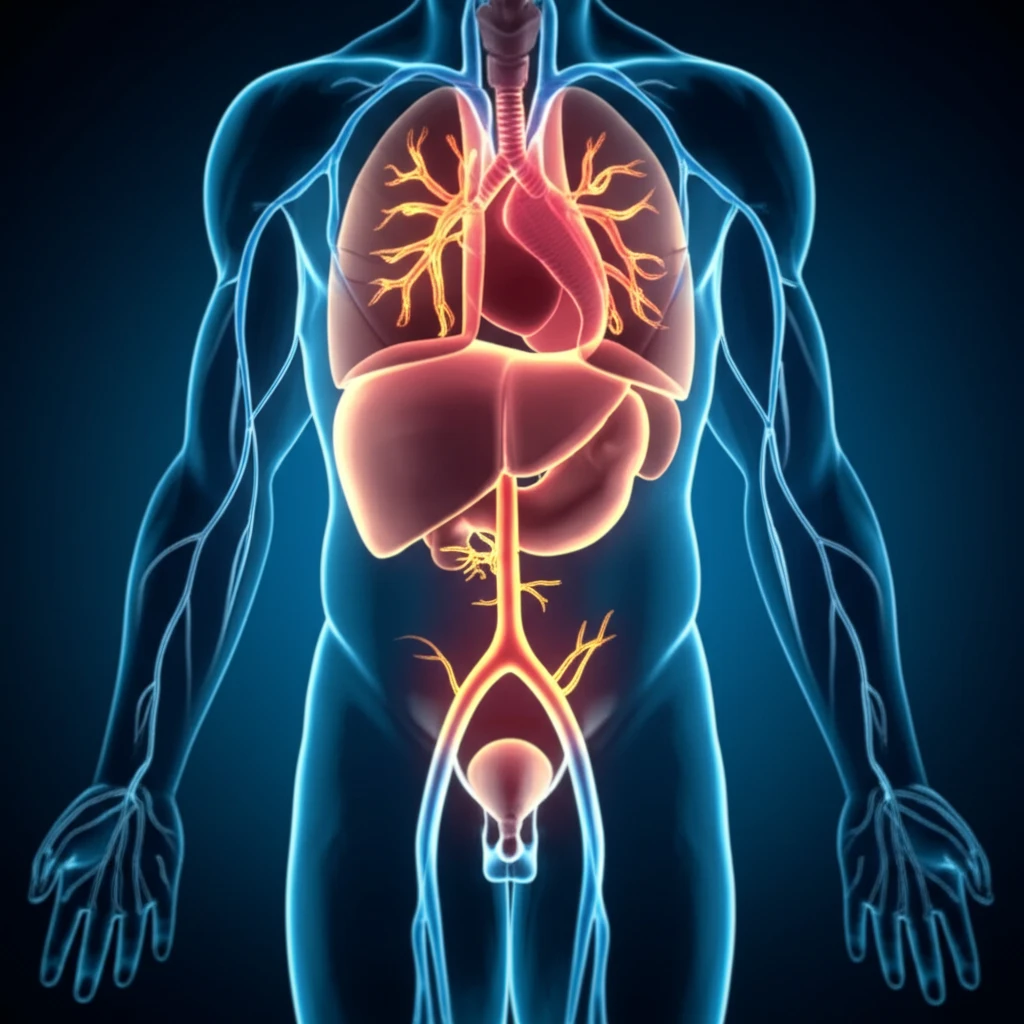
Beyond the Surface: Decoding the Hidden Risks of Vein Issues and the Power of Early Detection
"Unveiling the Latest Research on Venous Thrombosis and Its Impact on Your Health, Plus Actionable Steps for Prevention and Care."
In the realm of health, many conditions often remain hidden, silently affecting our bodies until they manifest as significant problems. One such area of concern is venous health, where issues like deep vein thrombosis (DVT) and superficial vein thrombosis (SVT) can pose serious threats. Often overlooked, these conditions can lead to long-term complications if not addressed promptly. This article delves into the latest research, offering a comprehensive look at the hidden dangers, early detection methods, and effective strategies for managing vein health.
Vein disorders are more common than you might think. They affect millions worldwide, impacting both men and women across different age groups. While genetics and lifestyle play a role, understanding the specific risks and the impact of timely intervention is crucial. This includes being informed about how early detection, through advanced methods like ultrasound, can significantly improve outcomes and prevent serious health consequences.
This guide aims to provide a clear, accessible overview of venous health. We will explore the signs and symptoms of vein issues, discuss the latest scientific findings on risk factors and diagnosis, and outline the available treatment options. Whether you're concerned about your own health or simply seeking to expand your knowledge, this article offers valuable insights and actionable advice to help you navigate the complexities of venous health.
The Silent Threats: Understanding the Risks of Venous Thrombosis

Venous thrombosis, encompassing both DVT and SVT, is a condition marked by the formation of blood clots within the veins. These clots can disrupt normal blood flow and lead to a range of complications. DVT, often occurring in the legs, is particularly dangerous because clots can dislodge and travel to the lungs, causing a pulmonary embolism (PE), a life-threatening condition. The severity of these conditions underscores the need for early detection and treatment.
- Pulmonary Embolism (PE): A life-threatening condition where a blood clot travels to the lungs.
- Post-Thrombotic Syndrome (PTS): Long-term complications including chronic pain, swelling, and skin changes.
- Recurrent Thrombosis: The likelihood of developing new blood clots, increasing the risk of further complications.
Empowering Your Health: Taking Action Against Vein Issues
Understanding the risks, recognizing the symptoms, and seeking timely medical attention are the cornerstones of effective vein health management. Regular check-ups, especially if you have risk factors or a family history of vein issues, are essential. Adopting a healthy lifestyle, including regular exercise, a balanced diet, and avoiding prolonged periods of inactivity, can further reduce your risk. By staying informed, proactive, and connected with your healthcare provider, you can significantly improve your venous health and enhance your overall quality of life.
